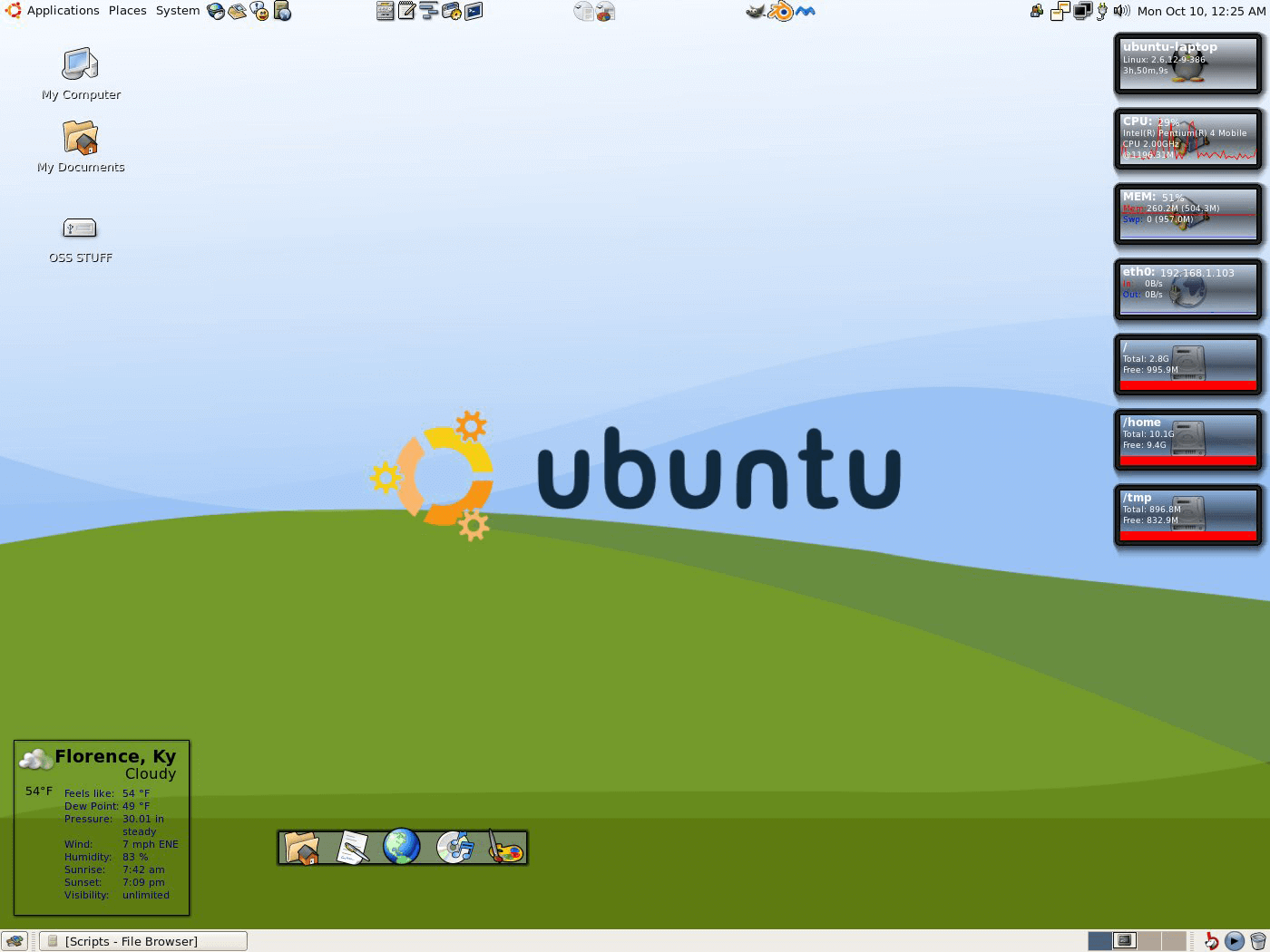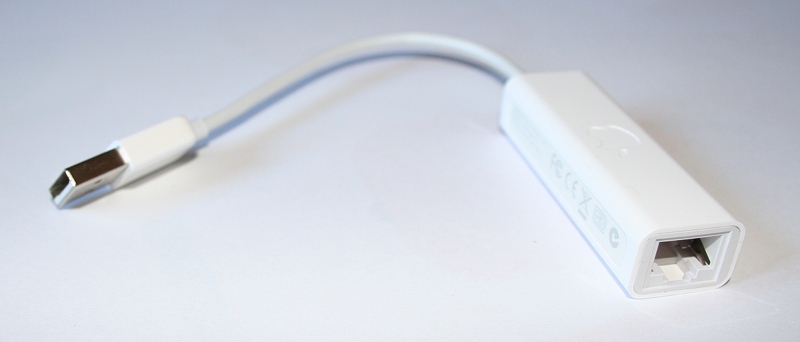

- #Linux for mac usb software#
- #Linux for mac usb iso#
When finished, macOS will re-mount the drive. Depending on the size of the ISO, the command can take a LONG time to write. After that, there is no progress indicator for this command, just a solid cursor.
You will be asked to enter administrative credentials because of the sudo command. Sudo dd if=/Users/jason/Desktop/linux.img of=/dev/rdisk2 bs=1m Notice that after the of=, the name of the disk is written as “rdisk” instead of just “disk.” You can also use disk, but in macOS, rdisk is sort of a safety measure that tries to keep you from overwriting an internal disk by accident, since the “r” in “rdisk” means removable. We can now write the IMG file to the USB drive. To unmount it, use the following command: Your disk must be unmounted before you can write to it. The rest of the guide will assume /dev/disk2 is correct. Your USB disk will likely be called something like “/dev/disk2” Just check the output of the command to make sure. Using the dd command to write the IMG file will destroy everything on the target drive. It’s a good idea to unplug any USB hard drives or flash drives that you have plugged in EXCEPT the one you want to write to so you don’t accidentally over-write a device that you don’t want to. Run ‘diskutil list’ to get a list of your currently mounted disk devices. Mv /Users/jason/Desktop/ /Users/jason/Desktop/linux.img dmg file extension on the file, it’s easy to rename: This will create a file called linux.img on the desktop. Hdiutil convert -format UDRW -o /Users/jason/Desktop/linux.img /Users/jason/Desktop/linux.iso 
#Linux for mac usb iso#
Open Terminal and run the command to convert the ISO to an IMG file. #Linux for mac usb software#
If you do use unsupported third party software to burn Linux Lite to a USB, try logging in with ubuntu as the username and password, or just as the username, no password. Download the desired file and put it on your desktop Yumi, Multiboot and other multi-boot applications are not officially supported, experiences and success rates may vary.Note that if you are familiar with Linux and have never used macOS before, you can use Tab autocomplete, which is nice. Commands are case sensitive, including filenames. The dd command in macOS is similar to the Linux dd command, but macOS wants the ISO file to be in IMG format before you can write it to the USB drive, so we’ll have to convert it.įor this example, I’ll put a file called linux.iso on my Desktop and all of the commands will reflect that location and my username, ‘jason.’ You may have to change the commands/paths to be correct for your situation.

Like a lot of things, macOS is a little different when it comes to making a bootable USB drive from an ISO file.







 0 kommentar(er)
0 kommentar(er)
